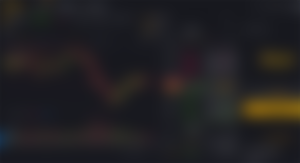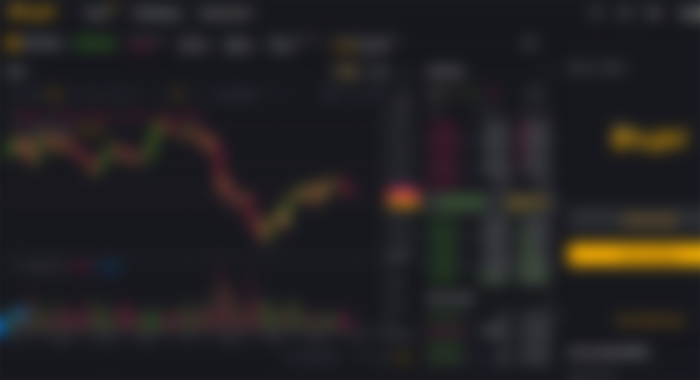
The term paper trading dates back to the time when stock market traders had to practice with paper before risking money on the live markets. Of course back then no online trading platforms existed. A paper trader would make a record of their trades and keep track of hypothetical portfolios, trading positions, and profits or losses. These days paper trading simply refers to demo trading whereby the trader pretends to buy and sell assets using an e-market simulator instead of old-fashioned paper. Demo trading is something that is usually recommended for beginners and also widely utilised by even experienced traders.
A cryptocurrency simulator is a tool that enables people who are looking to learn how to trade on a digital asset exchange. Most simulators work in real-time, which means they have the current data on rates, orders and transactions for all digital assets that are available on the specific crypto exchange. Transactions in most simulators are recorded so that you can have a record of your trading history at your disposal for you to further analyse to your advantage.
If you wish to learn how to trade Bitcoin and other cryptocurrencies with realistic and free crypto trading simulators, this post will provide you some guidance on the available platforms you can choose from. Trading digital currencies is inherently risky so for most, it’s only sensible to practice trading strategies using simulated trades so that you can see the results in real-time but without losing real funds.
If you’re a newcomer to the crypto space or new to trading, it is highly recommended to try out these platforms using your virtual accounts so that you can comfortably learn without worrying about paying for every mistake you make.
1) TradingView
TradingView is a social network of 15 million traders and investors using the world’s best charts and analysis tools to spot opportunities in global markets. If you use TradingView, you get access to follow your favorite assets, find trading ideas, chat with others, spot trends, and place trades directly on their charts.
TradingView offers:
100+ prebuilt most popular indicators
Candlestick patterns recognition
Custom indicator templates
50+ intelligent drawing tools
Multi-timeframe analysis
Auto Fib Retracement
Volume Profile indicators
Indicator on indicator within 1-click
2) Binance
Binance offers several options for paper trading. For instance, the Binance Futures Testnet provides a full-fledged interface. If you’re building trading bots or programs yourself, then the spot exchange testnet can be accessed via API. On Binance, you can paper trade on with real-time prices. It’s as simple as creating a rule and choosing the Demo Exchange option There you can view your available allocation. The virtual exchange mirrors exactly the Binance exchange. This means that you can demo trade all the coins that are currently available on the Binance exchange without the fear or risk of losing real funds. The demo exchange is connected to the real Binance trading platform to make it possible for learners to test their strategies.
Binance Chain testnet offers is convenient and user-friendly, providing users with an in-depth guide on funding a testnet DEX account, creating and also unlocking a DEX wallet. The one thing to take into consideration is that you only can obtain Binance Chain testnet funds if you have a Binance account with a minimum of 1 Binance Coin (BNB) in it. Only then will you be able to open a testnet wallet. This is seen by Binance as an anti-spam measure.
3) BitMex
BitMEX‘s testnet platform is built on top of Testnet Bitcoin. BitMEX Testnet is isolated from BitMEX.com. If you have an account on BitMEX.com, you will still need to register on BitMEX Testnet. Using the testnet, traders can buy and sell contracts for cryptocurrencies combined with margin up to 100 times.

At first glance, BitMex’s interface can seem a bit daunting or even dated when compared to newer digital asset exchanges offering a similar service. Those with some crypto trading experience and who have a good grasp of the basics of trading, risk management, position-sizing, and leverage may find it less intimidating.
4) eToro
eToro is a multi-asset platform which offers both investing in stocks and cryptocurrencies, as well as trading CFD assets. According to eToro, they built an online trading portal that provides people with the opportunity to buy stocks and shares without having to pay brokerage fees. Instead, you copy the portfolio of professional traders.
The eToro practice account is a blueprint of the actual trading account. It enables a user to test the performance of different traders, learn how to use the platform and also learn how to make money from trading but without the risk of making mistakes and paying for them with hard earned money.
In the demo account, you don’t make any funds either. However, you are provided with $100,000 of eToro virtual money and unlimited access to the trading platform.

Bybit offers perpetual futures products with 100x leverage. Leverage trading is deemed high risk so Bybit testnet provides users with a platform for demo trading without the need for making any cryptocurrency deposits which means it’s free to use the testnet to carry out your simulated trades. The Bybit demo account is available at testnet.bybit.com. All you need to do is register with an email address and phone number. Before you can begin testing out your crypto trading strategies, you’ll need to obtain testnet Bitcoin coins from a faucet.

Originally posted on https://decentralised.africa/



